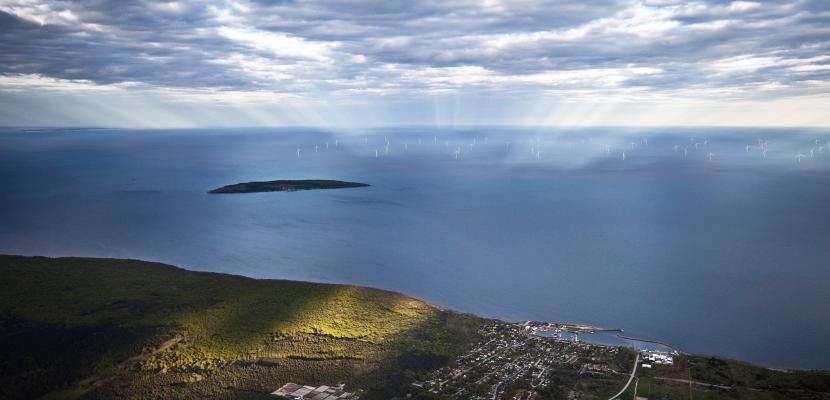
Public acceptance of Blekinge Offshore

About this good practice
In 2016, the government rejected Blekinge Offshore's project approval request, citing reasons related to national security. In 2022, the project came back into consideration, with a project area approximately 40% smaller, about 90% fewer turbines, and a four times greater distance between turbines. If approved, the project could begin construction in 2027 and generate 4.3 TWh/year of green electricity, over twice the amount of electricity needed in Blekinge annually.
The project stands out due to strong support from the local community. The initial project developer made significant efforts to inform, discuss, and secure the project with local stakeholders, including the nature conservation association, fishermen, municipal politicians, and companies in the region.
Local fishermen expressed their support for the project, noting that it serves as an excellent nursery habitat for fish that seek refuge near the turbine foundations. Furthermore, the developers together with the municipalities in the area proposed an expanded area of 770 sq km in Hanö Bay for marine exercises to the Swedish Armed Forces, a space five times larger than the Blekinge Offshore project.
Despite the wind turbines being visible from various locations along the coast and the Blekinge archipelago, public acceptance is high.
The main remaining challenge is obtaining acceptance from the Swedish armed forces and navy and a final permit from the Government.
Resources needed
The early acceptance phase for Blekinge Offshore (BO) was basically one mans effort during 1.5 years. National funding was recieved for promoting BO among local companies and citizens. Offshore wind projects are expensive to develop and a developer and Swedish industry has also invest in BO.
Evidence of success
Although the project not have been realized yet, the local acceptance process has been a success. Local politicians that often act against this type of project is here actively supporting it. Local SMEs such as restaurants and hotels are looking forward to potential businesses. There is today no active local oposition among citizens which is unusual for large infrastructure projects like this.
Potential for learning or transfer
The approach for involving local citizens and stakeholders can be used for both large and smaller projects of various type at most locations.
A success factor is high knowledge about how the local community is structured.
Another factor is to make a clear plan of who to inform/involve and when. Start revealing and discuss plans for a large project to trusted people with a good confidence in society. People with power to convince others and high politicians can be these persons to start with.
Identify people and organisations that will be influence negative by the project, contact these and discuss means to modify the project to get their aceptance.
Sometimes a promise of compensation is needed if there is a risk for economical loss.
